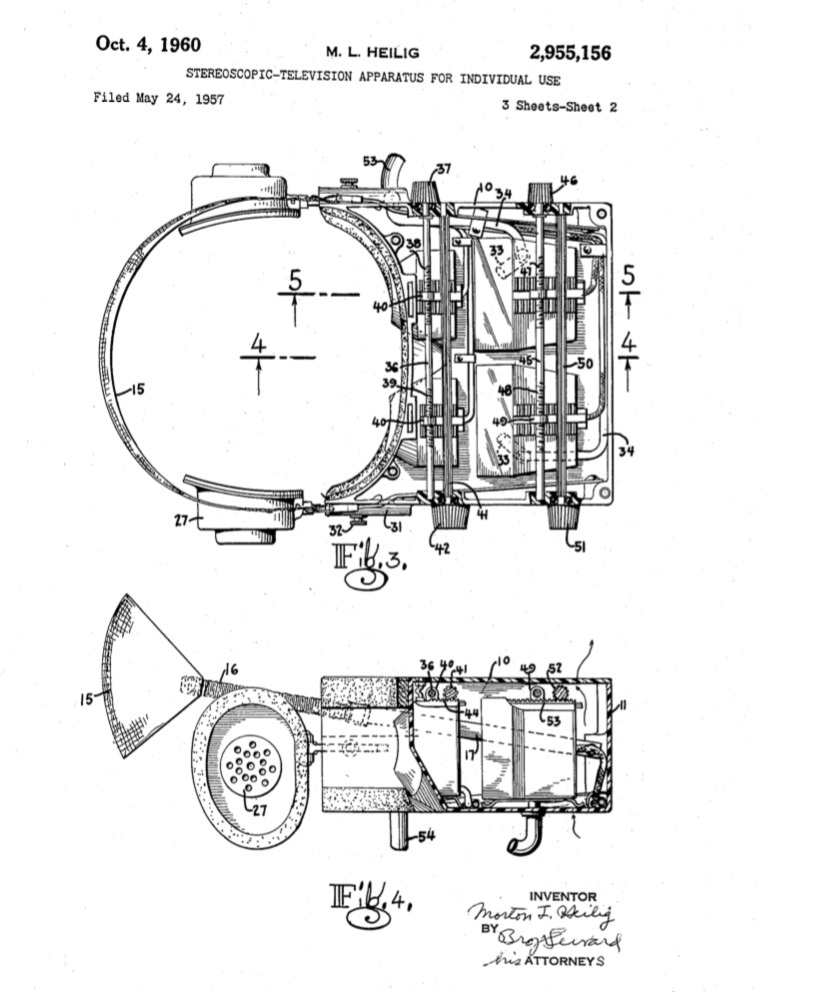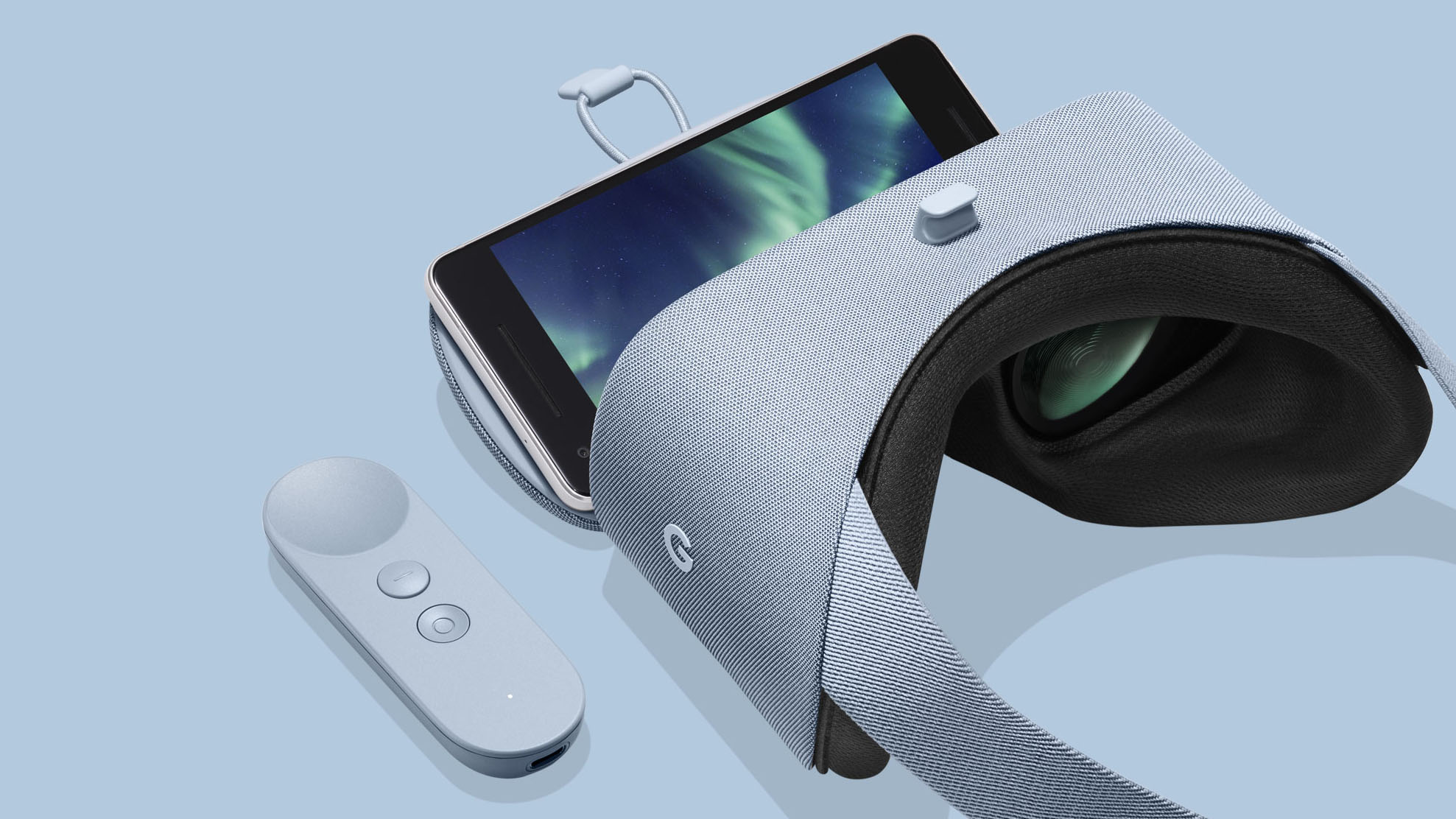Gaming
The Future of Mobile Gaming: The push for fully immersive gaming will be led by AR and VR (Part 3)
Feb 7, 2019

Gaming

But years later, AR and VR still face many of the same problems that have plagued it from the beginning. Adoption for the platforms have barely ticked forward and consumers are still waiting for that “iPhone moment” when a device will propel both platforms into the mainstream. Let’s take a look at the evolution of VR and AR gaming, what it means for mobile, and where the fully immersive gaming platforms are headed.
Consumers are still waiting for that “iPhone moment.”
You may believe that the Oculus Rift and Pokémon Go are the geneses of VR and AR, but the technology actually goes back decades. The first head mounted VR display was invented in the 1950s by Morton Heilig. It was called the Telesphere Mask and provided stereoscopic 3D and stereo sound.
“The spectator is given a complete sensation of reality, i.e. moving three dimensional images which may be in colour, with 100% peripheral vision, binaural sound, scents and air breezes,” reads the patent filing.

Looking at the patent drawings, it’s incredible how much Heilig’s invention looks like the Oculus Rift. Obviously, the Rift is much more advanced, with head and hand tracking. Today, VR headsets like the HTC Vive Pro Eye can even track your eye movements to make gaming experiences even more immersive.
On the AR side of the spectrum, Thomas Caudell and David Mizell are widely thought to have coined the term “Augmented Reality” in 1992 during their time at Boeing [PDF]. Their vision was to create a head-mounted AR headset to aid in the manufacturing process for planes.
Later in 1997, a pair of South Korean scientists discussed their plans for making ARkanoid [PDF], a handheld augmented reality gaming device. “First, it is socially acceptable, meaning that it is subtle, discrete and unobtrusive. Second (users) need to be able to interact with the system in a natural way. Last, (the device) must be fashionably acceptable so the user does not look strange while operating the system,” reads the research paper.
Decades went by without any huge advancements in either VR or AR technology until Oculus released the Rift headset and Google Glass showed what was possible with head-mounted AR. While Glass faded away into obscurity (there’s still an enterprise version), Oculus went on to evolve additional headsets like the Oculus Go and the upcoming Oculus Quest. Companies like Microsoft and Magic Leap are now taking up the mantel on the AR front, but their high prices prevent them from being mainstream products.
One of the biggest issues affecting VR and AR adoption is pricing. In order to get consumers to adopt the platforms, companies began creating mobile-powered experiences. Oculus partnered with Samsung on the smartphone-powered Gear VR in 2015, one of the most promising mobile VR headsets at the time. For $99, Samsung Galaxy phone owners could get a taste of VR by mounting their phones in the headset, a price much lower than the $1,600 price point to build a machine that could support the Oculus Rift or HTC Vive. LG had a similar idea with the LG 360 headset which launched with the LG G5 but unlike the Gear VR, the 360 hooked up to your smartphone via a cable, making the headset lighter and more comfortable to use.
Google responded by offering the ultra-budget Cardboard headset and then higher-end Daydream View. While Cardboard was a novel way to introduce the masses to VR as a platform (it was even bundled with a NY Times subscription), the $99 Daydream View intended to convince people to use VR as another pillar of computing and entertainment. The headset was well designed, offering a remote control that felt much more natural than the touchpad on the first generation Gear VR (the second generation Gear VR included a remote) and other universal headsets.

But over the past few years, mobile powered VR headsets suffered from the lack of content and development slowed. Today, Samsung barely advertises the Gear VR and there hasn’t been an update to Google’s Daydream View headset since it’s launch in 2016. The list of phones that support Daydream are still few and far between. Facebook’s $199 Oculus Go is an affordable, completely wireless, and mobile-powered experience but it failed to take VR mainstream as there’s very little content to consume in VR at the moment. LG hasn’t tried making another VR headset after the LG G5 and LG 360 flopped.
Developers aren’t working on VR/AR content because there’s no audience and there’s no audience because developers aren’t working on VR/AR content.
VR and AR are now facing a chicken and the egg problem—developers aren’t working on VR/AR content because there’s no audience and there’s no audience because developers aren’t working on VR/AR content. On the hardware front, we’re still waiting for an “iPhone moment.” Current headsets are bulky, inconvenient, uncomfortable, underpowered, and expensive. The lower price of the Oculus Rift and the upcoming Oculus Quest (both cost $400) certainly pushes VR hardware in the right direction, but there hasn’t been a device that consumers are lining up for yet.
As a result of VR’s tepid growth, many developers have their sights set on mobile AR, which doesn’t require users to buy any new hardware to experience. Apple’s ARKit and Google’s ARCore platforms have made it easier than ever for developers to create augmented reality experiences on mobile phones. The popularity of Pokémon Go showed AR’s potential, but AR mobile gaming has only just started. Developers like Dumpling Design and CCP Games are creating unique and compelling mobile AR games like Smash Tanks! and the upcoming EVE: Project Galaxy.
Apple is rumored to be working on a mixed reality headset, which could be the first device that brings VR and AR into the mainstream. Mixed reality is similar to augmented reality, but anchors virtual objects in the world instead of simply overlaying them, acting as a hybrid of VR and AR. While not the first to market, Apple has a history of sitting back, analyzing, and creating products that people actually want to buy and use. It’s likely that this headset will be a stand-alone platform, not relying on a mobile phone to power the experience. CNET speculates that a separate box will communicate to Apple’s headset via short-range wireless technology, which means the first version of Apple’s headset may not be mobile. As a result, AR and VR may remain a complementary platform to our existing computing and gaming devices.
While we wait for AR and VR to finally go mainstream, mobile experiences can still serve as a gateway to fully immersive gaming. Mobile AR will skew toward casual AR experiences while stand-alone headsets, like ones from Apple, Facebook, Microsoft, and others will allow for more in-depth and technical games. VR and AR gaming, when they’re ready for primetime, will complement mobile and PC/console gaming, allowing for fully immersive gaming that we will seek out at home. Mobile will remain the best way to game on the go, especially when 5G enables game streaming to work seamlessly.